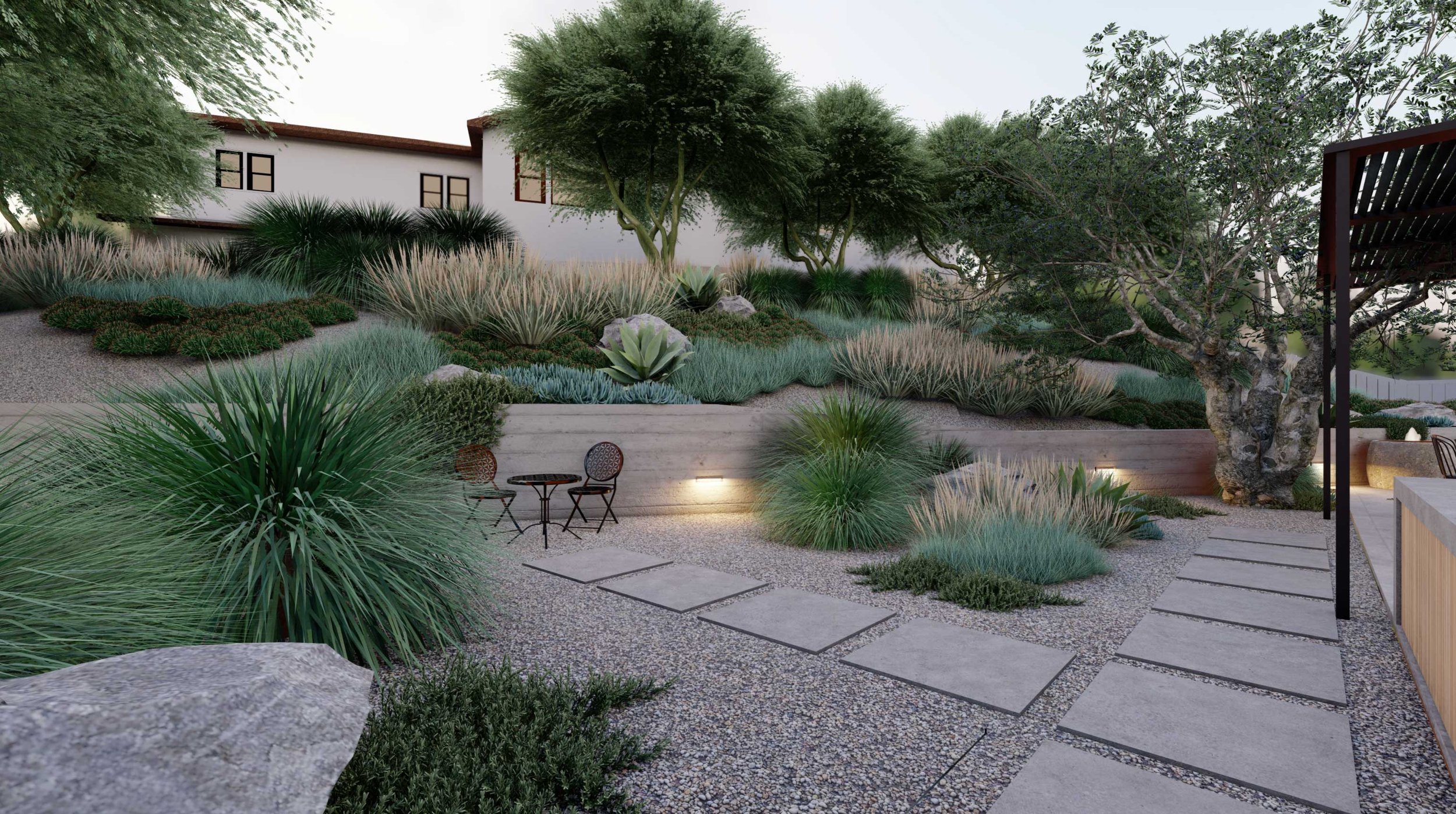Getting My Landscapers To Work
Getting My Landscapers To Work
Blog Article
Landscapers Can Be Fun For Anyone
Table of ContentsWhat Does Landscapers Do?Some Known Facts About Landscapers.Little Known Questions About Landscapers.Not known Facts About LandscapersLittle Known Questions About Landscapers.
In the PNW there are semi-deciduous or semi-evergreen plants that may shed their fallen leaves depending on just how cold the wintertime is. - A flat celebration space, made of timber or composite product (made to look like wood), generally nearby or affixed to a structure.

- Granite that is weathered to the point that it is a very fine aggregate. This is a natural process, and the result can be used for courses and outdoor patios. Broken down granite is typically referred to as DG. It is specifically valuable in contemporary landscapes. - Key landscape features being proposed in a landscape style strategy.
Landscapers - The Facts
These objectives assist the design process, not the designer's design or preferences. Usual style goals in Portland are low maintenance, drought forgiving, and animal friendly. - Refine for removing or thinning the dead reduced level of a mature yard. Thatch is lawn that has passed away and accumulated below the eco-friendly blades.
Nevertheless, in time this layer can obtain really thick and make it challenging for water, sunlight, and nutrients to reach portions of the grass.- The procedure of accumulating and controlling the flow of water on a residential or commercial property. This can be done with grading, French drains, dry wells, permeable surfaces, sump pump, rain yards, and more.
- A slow feeding irrigation system that utilizes adaptable tubes and emitters to send a precise quantity of water to each plant. - The capability of a plant to endure without much summertime water.
- A yard function where water is represented by an accumulated stone product, typically a gravel or granite. These are most frequently found in modern-day and Japanese yard layout.- A stone or flagstone patio, course, or pathway built without a concrete base. The base would be compressed crushed rock and the joints would be an accumulation or walkable ground cover.
A Biased View of Landscapers
- A rock preserving or complimentary standing wall surface developed without the usage of mortar. - A below ground framework that accumulate water and enables it to reduce percolate right into the soil around it.
Landscape style that is compatible with a websites' environment in both look and sustainability without unfavorable impacts to the atmosphere. Bordering in the landscape is a line of separation that creates visual interest in the garden by dividing one section from one more section.
Areas can additionally have a sensation of "enclosure" given by trees, various other growings, fencings, or displays. The landscape near the entrance to a structure. A tree, bush or creeping plant, educated to expand on a wall or fence into a specific pattern. Specifically valuable for fruit trees, making it easy to collect the fruit and containing mess.
A plant that is not indigenous to the place where it will be grown. Not all "exotics" Source are invasive or hazardous, and several can be well acted or drought forgiving (Landscapers). A mass growing of ferns. Thicker bladed lawn grass that spread out via rhizomes.: The degree of soil on your home before bark dust or compost is spread.
The 7-Second Trick For Landscapers

The purpose, reason, or activity that a location is be landscaped for. Space for expanding plants for seeing, consuming, or physical task.
Rock product, either rounded or fractured, that is fairly small- normally 1" or less. Reduced plants that are allowed or encouraged to top a location. Can refer to any type of "hard" yard elements including statuary or stones however the majority of commonly is utilized to refer to courses, outdoor patios, and walls.: Elevation distinction between the level of water in a pond (or the level of the pump if it rests outside the fish pond) and the top outlet of water which impacts performance of the water pump in gph (gallons per hour). Dense shrubs or trees that form a fence, display, or boundary.

Some Known Incorrect Statements About Landscapers
An even more unwinded yard dominated by rounded instead of straight bed lines and a less inflexible structure. Standard PNW landscapes are casual. A plant that spreads out greater than desired, or into habitats where it does damage. Rose city has a listing of intrusive plants that ought to not be set up in landscapes due to the fact that they can infect forests or rivers and be hard to regulate.
Can consist of head positionings and insurance coverage, pipeline sizing, GPM specifications, and products needed to install this system. Accredited professional that designs landscapes, coached in design and style as well as in cultivation.
Landscape designers commonly have less education websites than Landscape Architects and are not accredited. A finished landscape style, describing all elements for the new landscape.
A water limited HDPE material utilized below ponds, streams and waterfalls in water functions. Using many growings of the same selection to fill in a location in the landscape.
Report this page